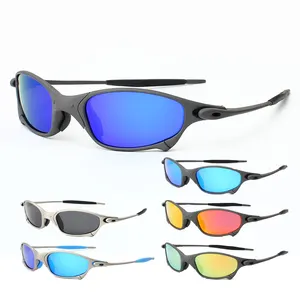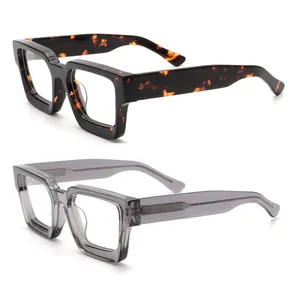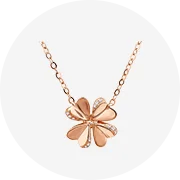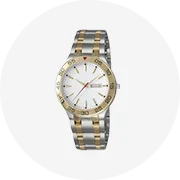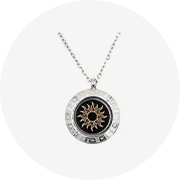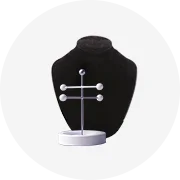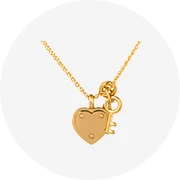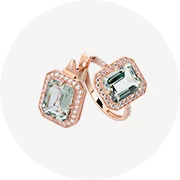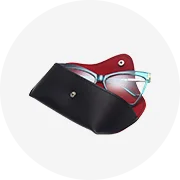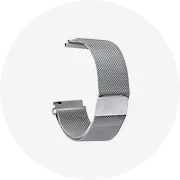Popular in your industry

















































































































































































































Top categories
About permeate spacer
Understanding Permeate Spacers
Permeate spacers are integral components in the realm of filtration and separation technologies. These spacers are utilized primarily within membrane systems, where they serve to maintain an optimal distance between the membranes. This spacing is crucial as it allows for the efficient flow of the permeate, the filtered liquid, while minimizing the impact of fouling, a common issue where particles accumulate on the membrane surface.
Types and Materials
There is a diverse array of permeate spacer types, each tailored to specific filtration needs. The materials used for these spacers are selected based on their chemical resistance, structural integrity, and compatibility with the filtration system. Common materials include polypropylene and polyethylene, which are known for their durability and resistance to a wide range of chemicals.
Applications of Permeate Spacers
Permeate spacers find their applications in various industries, from water treatment to food and beverage production. They are particularly vital in reverse osmosis systems, where they aid in water desalination and wastewater treatment processes. Additionally, these spacers are used in ultrafiltration and nanofiltration systems, playing a pivotal role in the purification and concentration of liquids.
Features and Advantages
The design features of permeate spacers include a network of ridges or nodes that support the membranes while allowing the permeate to flow with minimal resistance. This design not only optimizes the filtration process but also contributes to the longevity of the membranes by reducing the potential for damage. The advantages of using these spacers are manifold; they enhance the efficiency of filtration systems, reduce the need for frequent maintenance, and improve the overall quality of the filtered product.
Selection Criteria
Selecting the appropriate permeate spacer is critical for ensuring the effectiveness of a filtration system. Factors such as the spacer thickness, material compatibility, and design pattern must be considered in relation to the specific requirements of the application. It is important to evaluate the operational environment, including temperature and chemical exposure, to choose a spacer that will perform reliably under the given conditions.
Environmental Impact and Sustainability
Environmental considerations are increasingly important in the selection of permeate spacers. Manufacturers are focusing on sustainable materials that reduce environmental impact without compromising performance. The use of recyclable or eco-friendly materials is a growing trend in the production of these components, reflecting a commitment to sustainability in industrial processes.
permeate spacer